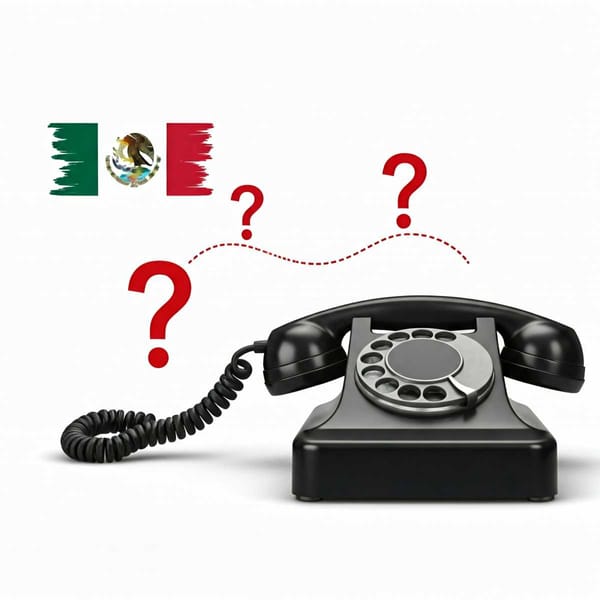Alternative and illegal routes in New Spain
Since pre-Hispanic times, the different important points of the Mexican territory were connected through causeways and roads, which surprised the conquerors.

Since pre-Hispanic times, the different important points of the Mexican territory were connected through causeways and roads, which surprised the conquerors for their good design and they did not take long to make use of them to get from the coast of Veracruz to Mexico City.
With the territory already taken by the Spanish conquistadors, the road networks were a priority for the authorities of the viceroyalty, who focused on expanding the routes to the different ports so that the territory of the great Tenochtitlan and the ports of exit to Europe and Asia were preserved as the main nuclei since one of the main objectives of the exploration and conquest was to seek a new route for silk and spices.
One of the most important routes was the one that connected the port of Acapulco with the port of Veracruz and passed through Mexico City since valuable objects were transported from the famous Manila-Acapulco Galleon or Nao de China route. However, this route presented a great difficulty, since it was a rustic and complicated road to follow for the transporters who traveled it for the first time.
This situation was taken advantage of by certain people who built false or so-called free roads to avoid paying certain toll booths, a kind of payment booths, which were taxed according to the transport loads. These deviations were discovered in 1803 through the case presented to the governor of Acapulco against a landowner named José Larumbe, who was accused by Francisco Tellechea, in charge of administering the toll charges of the two-road tollbooth section, so named because it was a round-trip route.
José Larumbe decided to open an alternative road that crossed his land located in the so-called Hacienda de Chapolaca, arguing that it was a faster crossing and that it was easier to pay whatever they wanted or could afford to pay to get to and from Acapulco. This situation caused the authorities in charge of regulating the roads and highways to take action on the matter since, in addition to misleading and exposing the transporters to banditry, they couldn't collect the corresponding toll.
When the trail was discovered, José Larumbe was referred to the governor of Acapulco and the trail he had created was obstructed so that it could not be used again. Larumbe confessed that he used this route to benefit himself and was sentenced to pay the amount of money that the toll booth did not receive during the time that the muleteers used the route of a road that was considered false and illegal.
Source: AGN




